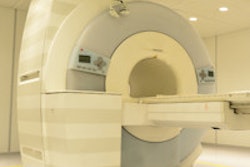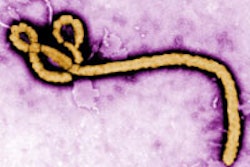
The threat to patients of radiation dose creep -- in which dose slowly rises over time in digital x-ray studies -- landed on a list of healthcare hazards issued annually by nonprofit research organization ECRI Institute. Fortunately, new tools are becoming available to help facilities deal with the phenomenon.
The No. 7 item on the 2015 list is dose creep, defined as unnoticed variations in digital radiography (DR) exposures. Concern over radiation exposure for pediatric patients ranked as the No. 3 healthcare hazard in last year's list.
The report noted that dose creep is to some extent a product of the shift to digital radiography. With film-based imaging, exposing a patient to higher radiation levels resulted in a film that was unusable because it was under- or overexposed.
Digital detectors, on the other hand, have a wider dynamic range than film and can tolerate a wider range of exposure parameters and still produce a usable image. The wider dynamic range also reduces the likelihood of repeat exams -- which itself would be a cause of higher radiation dose.
However, a downside of digital x-ray is that image quality usually improves as dose goes up. Therefore, there is a tendency to set dose higher to get better-quality images. Doing this repeatedly over time can result in exposure factors that vary substantially from what's standard, according to ECRI.
Dose creep develops as clinicians over time try to achieve better image quality. It may not result in immediate harm, but it's an "insidious problem" that can have long-term consequences and affect many patients, the report noted.
On the positive side, many tools are being developed to detect and correct for dose creep. For example, x-ray manufacturers are standardizing on the use of exposure index (EI) as the value for reporting exposure levels, making it easier to identify trends in dose. While EI is available on new x-ray systems, software upgrades may make it possible to add EI to installed systems.
The report advises x-ray users on the following:
- Check radiography systems to see if they are equipped to use EI, as developed by the International Electrotechnical Commission (IEC 62494-1) and the American Association of Physicists in Medicine (AAPM TG-116).
- Once EI is working on a digital x-ray system, use EI to estimate patient dose and detector exposure.
- Take steps to display EI values to radiologic technologists as part of their routine workflow.
- Install software tools that automatically import and analyze EI data.
- Assign someone in the department to track and analyze EI data.
- Develop acceptable EI values and ranges for commonly performed radiography procedures.
The full ECRI health hazards report is available by clicking here.



















